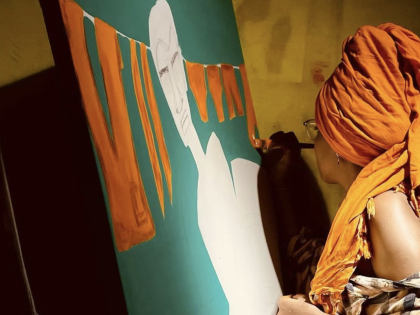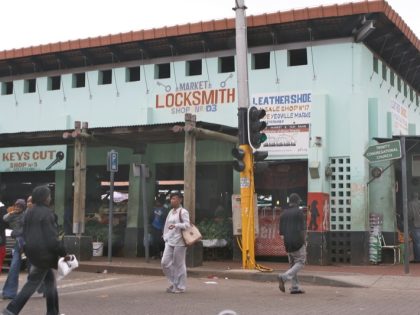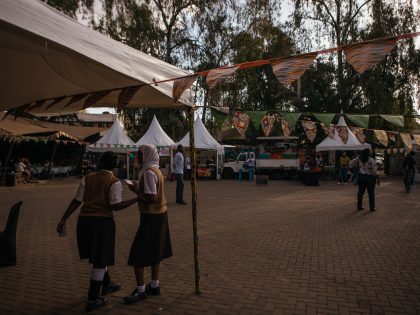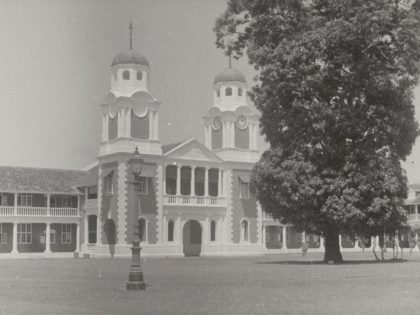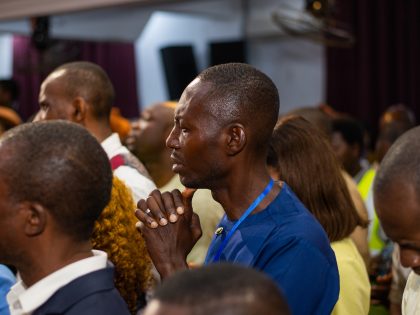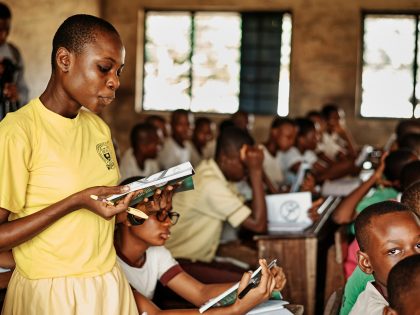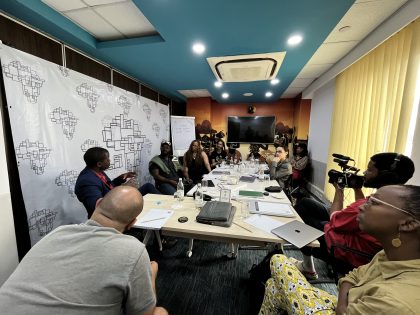Who gets the last laugh, again?
There is something out there that we can identify as “really” European or “really” African, is essentially what the ancestry testing industry is selling.

Screengrab.
I enjoy seeing a smug, bearded white supremacist get his comeuppance as much as the next guy. (Though the joy of the exuberant lady sitting next to this one is hard to match. And reason enough to watch this video more than once.) In any event, I get why this video of Craig Cobb, the would-be founder of an all-white town in North Dakota, finding out on a TV show that a DNA test indicates that he is “14% sub-Saharan African” has gone viral.
At the same time, the talk-showification of molecular biology is really never a good thing, especially when that molecular biology is supposed to tell us things about “race.” (And let’s face it, “race” is pretty much the only way molecular biologists get any pop-culture shine.) Problem is, the idea that Cobb is 14% African rests on the assumption that there is such a thing as 100% “African,” or 100% “European.”
As NYU’s Troy Duster explains, the reference point that the ancestry testing industry uses for this imagined purity is the frequency of certain genetic markers in small samples of contemporary populations from various regions. That is, the companies that market these ancestry tests go looking for something called African-ness, or European-ness, or Asian-ness, which they assume can be found in the samples they collect. And because populations that live nearer to one another are, on average, more genetically similar than populations that are more distant, the researchers find differences between the samples—differences that are then magically translated into African-ness, European-ness, or Asian-ness, or some other category. The degree to which you share certain genetic markers with those sample populations becomes the degree to which you are European, African, Asian, etc. Your “race,” a folk category neatly translated into hard, cold numbers. (For more, read Jonathan Marks and Duana Fulwilley.)
This reification—the idea that there is something out there that we can identify as “really” European (read, “white”) or “really” African (read, “black”)—is essentially what the ancestry testing industry is selling. And business is good. Think of companies like African Ancestry who have gotten publicity from “revealing” the “country of origin” and “ancestral tribe” of various American musicians and actors.
So yes, the numbers they produce can be affirming for people, or good for talk-show laughs. But the fantasy of racial purity has never been benign, and it’s at the heart of both the affirmation and the joke. That fantasy, along with the one in which our genes can tell us something meaningful about our identities, is the bread and butter of the ancestry testing industry. They are also the bread and butter of white supremacy.
Who gets the last laugh, again?
